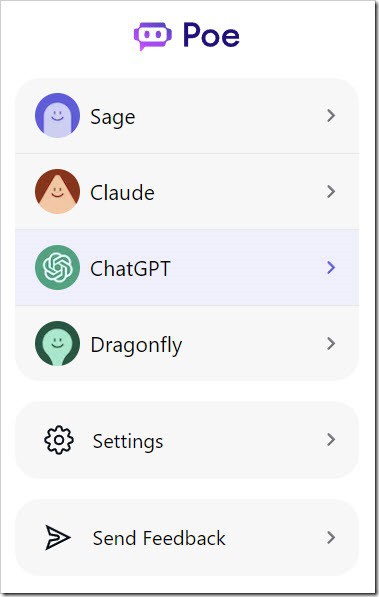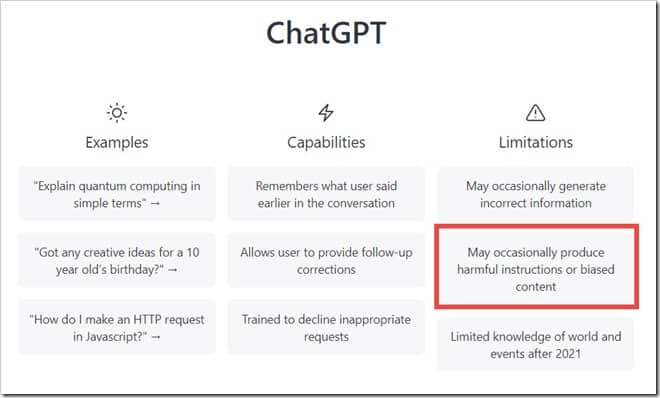The launch of ChatGPT in Nov 2022 has taken the world by storm. ChatGPT has quickly become one of the most popular AI language models, thanks to its ability to generate human-like responses to user input. And it’s not just ChatGPT that’s making waves in the world of AI. One after the other, big companies are launching and announcing their own AI models. Microsoft has launched Bing Chat, Google has announced Bard, and now Quora has come up with Poe. (stands for Platform for Open Exploration)
Quora launched Poe, an iOS app, on February 3rd, 2022. One month later, on March 3rd, 2022, Poe for desktop was launched. The Poe interface already had Sage, Claude, and Dragonfly bots, and now they have integrated ChatGPT.

Given the presence of multiple AI bots, the question arises as to which one is the best to use and why?
In this blog post we will discuss the various bots present in Quora Poe platform.
Sage, Claude, ChatGPT, and Dragonfly are all conversational AI models, here are some key differences between them:
- Architecture: Sage, ChatGPT and Dragonfly are based on a generative architecture, which means they generate responses from scratch based on the input they receive. Claude, on the other hand, is based on a retrieval-based architecture, which means it searches through a database of pre-written responses to find the most appropriate one for a given input.
- Training data: Sage, ChatGPT and Dragonfly are trained on large and diverse datasets, which allows them to handle a wide range of topics and language. Claude, on the other hand, can be trained on a specific set of data related to a business or industry, making it ideal for domain-specific applications.
- Complexity: Sage, ChatGPT and Dragonfly are complex models with hundreds of millions of parameters, which makes them capable of handling complex language and generating more nuanced responses. Claude is less complex but can still provide accurate and relevant responses.
- Company: Sage, Claude and Dragonfly were developed by Anthropic with a focus on AI safety and ethics. ChatGPT was developed by OpenAI
Overall, Sage, ChatGPT and Dragonfly are more suitable for use cases that require greater creativity, flexibility, and scalability, while Claude is more suitable for use cases where accuracy and speed are important, such as customer service chatbots for a specific business or industry.
Adam D’Angelo – the founder of Quora – claims Poe to be the fastest interface to ChatGPT.
1. Speed: Poe is the fastest interface to ChatGPT, and all other bots are very fast, thanks to some significant speed improvements over the last few weeks.
— Adam D'Angelo (@adamdangelo) March 3, 2023
How do Sage, ChatGPT and DragonFly differ from each other?
As mentioned above, all 3 of them are based on generative architecture (the G in GPT) so how are they different from each other?
Sage was trained on a transformer-based language model called GPT-2, which has 1.5 billion parameters. Sage itself is a smaller version of GPT-2, with 1.3 billion parameters. ChatGPT, on the other hand, was trained on a larger version of the GPT architecture called GPT-3, which has 175 billion parameters. ChatGPT itself is a smaller version of GPT-3, with 6 billion parameters.
Sage and ChatGPT are based on a transformer architecture, similar to the architecture used in the popular GPT series of language models. Dragonfly, on the other hand, is based on a hierarchical recurrent neural network (RNN) architecture. Sage, ChatGPT are highly performant models that can generate responses quickly and accurately. Dragonfly may struggle with longer and more complex conversations due to its RNN architecture.
Sage, Claude and Dragonfly avoids harmful, misleading, and offensive responses, while –as per the home page- ChatGPT can sometimes generate harmful, misleading, or offensive responses.

